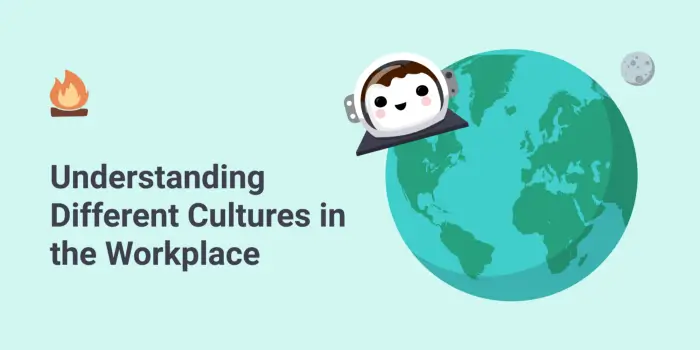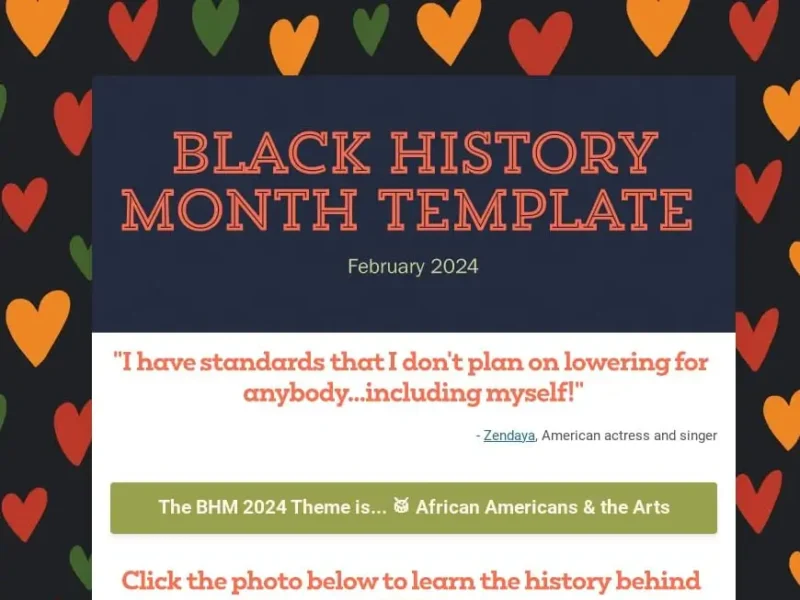Cultural Differences in the Workplace

Have you ever worked with someone from a different country and asked yourself, “Why did they do this thing that way?” All too often it comes as a surprise, but each country and region around the world has a unique blend of cultural norms influencing how people from these places communicate and behave.
Today, we live in a multicultural world with people constantly heading off to do business in completely foreign places. That makes it more important than ever for us to understand a little bit more about the cultural norms of our diverse professional peers.
What difference does it really make?
First and foremost, it makes interactions clearer and more pleasant, which improves our ability to work effectively and efficiently together. And as a direct result of this, it’s simply good for business.
Once you dive in, cultural differences are truly fascinating to learn about — and those lessons can be made into a really fun activity for the work team, too.
Getting Your Team Up-To-Speed
What I did to help bridge cultural differences with our multinational team at Smore was to watch “The Culture Map” talk by the author and consultant, Professor Erin Meyer, from the 2016 Global Leadership Summit. We followed this with a facilitated open dialogue about the points she made in the talk. I also used her “Country Mapping Tool” video presentation to compare the United States and Israel specifically — the two countries where our Smore offices are located.
One major aspect of the cultural differences between Israel and the US that came up in our session was the difference in communication styles.
Navigating the Communication Spectrum
As Erin describes in her talk, countries vary on a communication spectrum between being “high-context” and “low-context.”
Israel is a high-context country, which means that there’s an assumed large body of shared reference points so communication is layered and nuanced. Messages are both spoken directly and read between the lines. For those who aren’t so familiar with Israel, it is a relatively small country with a deep familial and communal feeling, which is reflected both in the language itself, and how it is spoken –AKA, context is everything. To give you a little taste of this, take the expression “Ha-val al zm-aw-n:” this saying literally means “a waste of time,” but it’s usually used as a euphemism for a good time.
In contrast, the US is a low-context country. It’s a melting pot of many different people and cultures, so there is an assumed low level of shared reference points. People in the US want to speak in a way that will reach everyone, so precise and simple language is the norm, and messages are expressed and understood at face value.
Put to the Test? It Works!
There were many other different cultural norms that we discussed based on the information from the “Country Mapping Tool” and the “Culture Map” video that helped our US office better understand Israeli culture, and thus anticipate how people in the Israel office may be in the workplace.
I encourage all of you to give the “Country Mapping Tool” and “Culture Map” video a try, so that you too can better understand the different cultures of the people in your workplace!
Subscribe to Smore Blog
Get the latest posts delivered right to your inbox





